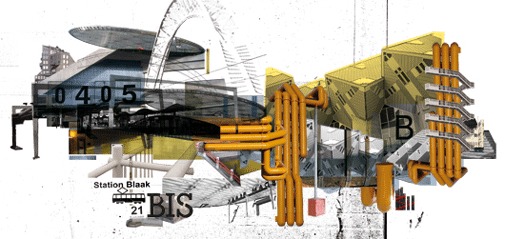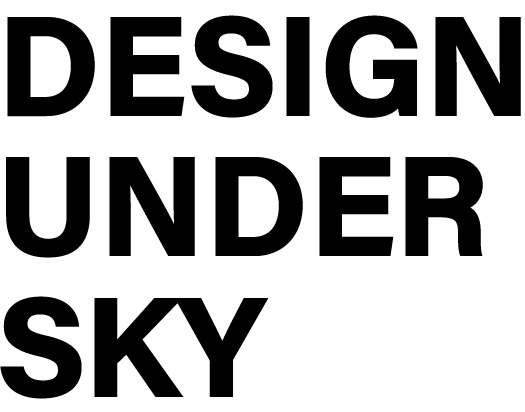 {Image by Mattia Casalegno & Michael Langeder of Disturbed City}
{Image by Mattia Casalegno & Michael Langeder of Disturbed City}
The latest publication from the design journal Vague Terrain 13: citySCENE is a collection of works by 20 artists and scholars working with a range of mediums that include: code, the body, text, field recording, mobile technology, static and moving imagery and the application programming interface (API). This issue focuses on 5 main topics:
Aggregation: Metacity/Multicity
Transliteration: Questioning the Language of Urban Space
Intervention: Underutilized Space as Opportunity
Framing Views: Iterative Imaging
Locative Taxonomies: Networks and Cartography
 {Work by: Jun Pak and Cole Reynolds | A study of mobility in Los Angeles as it pertains to the formation of self-similar patchwork organizations of neighborhoods and subdistricts within the downtown.}
{Work by: Jun Pak and Cole Reynolds | A study of mobility in Los Angeles as it pertains to the formation of self-similar patchwork organizations of neighborhoods and subdistricts within the downtown.}
 {Work by: Allison Hoffman and John Seward | An analysis of informal water delivery and distribution networks that emerge within slums in Mumbai.|
{Work by: Allison Hoffman and John Seward | An analysis of informal water delivery and distribution networks that emerge within slums in Mumbai.|
The unprecedented dynamic growth of cities which house over 50% of the world's population reaching 9 billion demand radical new approaches to cognitive mapping that interpolate socioeconomic, architectural, infrastructure, and a multitude of other complex circumstances which make up the components of the city organism. Simply producing pie and graph charts of census data are ineffective and outdated in understanding city analysis. These new maps presented, while seemingly complex and beautiful, filter the vastness of information and condense the information into a graphically aesthetic, obtainable form.
 {Project 360 by Franke Dresme | Psychogeographic Map}
{Project 360 by Franke Dresme | Psychogeographic Map}

 {Above images | Mapping Rotterdam's Centre by Franke Dresme}
{Above images | Mapping Rotterdam's Centre by Franke Dresme}
Part of the works find new ways of looking at cities. Rather then over produced glorified 3D graphic renderings Franke Dresme's Project 360 meshes photos, sketches, and signs into a "collage of constructs" that focus on an urban section as a whole rather then one point of interest. His production of psychogeographic maps is a similar representation of the more real and personal experience of traveling through the cityscape.
Olga Mink's video Urban Nature looks at city surveillance at part of the new social infrastructure, observing human nature with delayed time-lapse video suggesting that individual almost becomes non-existent and frames issues of surveillance and control in the contemporary city.
 {Image by David Drury | A selection of sound points spread around the city re-mapped to the space of Botanic Park - The circular areas on the map at right represent the areas in which the recordings are heard}
{Image by David Drury | A selection of sound points spread around the city re-mapped to the space of Botanic Park - The circular areas on the map at right represent the areas in which the recordings are heard}
Hearing There by David Drury is an interactive soundwalk along Montréal's Boulevard St. Laurent. Participants are equipped with headphones attached to a PDA device and as they move along the street they hear binaural recordings of nearby interior spaces. The project listens and finds greater understanding to the aural dimensions of architecture, rather then listening to headphones and our own music, which suggests that by choosing the sounds we experience while walking through a city the environment is received as a personal artifact. It's an insulation, and by doing so secludes the traveler from immersing oneself into the intricate urban biorhythmicity. If we're able to hear interior spaces from the exterior, the streetscape becomes more then an alignment of building facades, but a network of multilingual, multicultural, and multifaceted soundscapes. A basic awareness of our surroundings becomes amplified as we engage with this extended sense of sonic presence. The more we hear, the more we are here.
I've only touched on a few of my favorites, check out the entire issue for all more goods.
